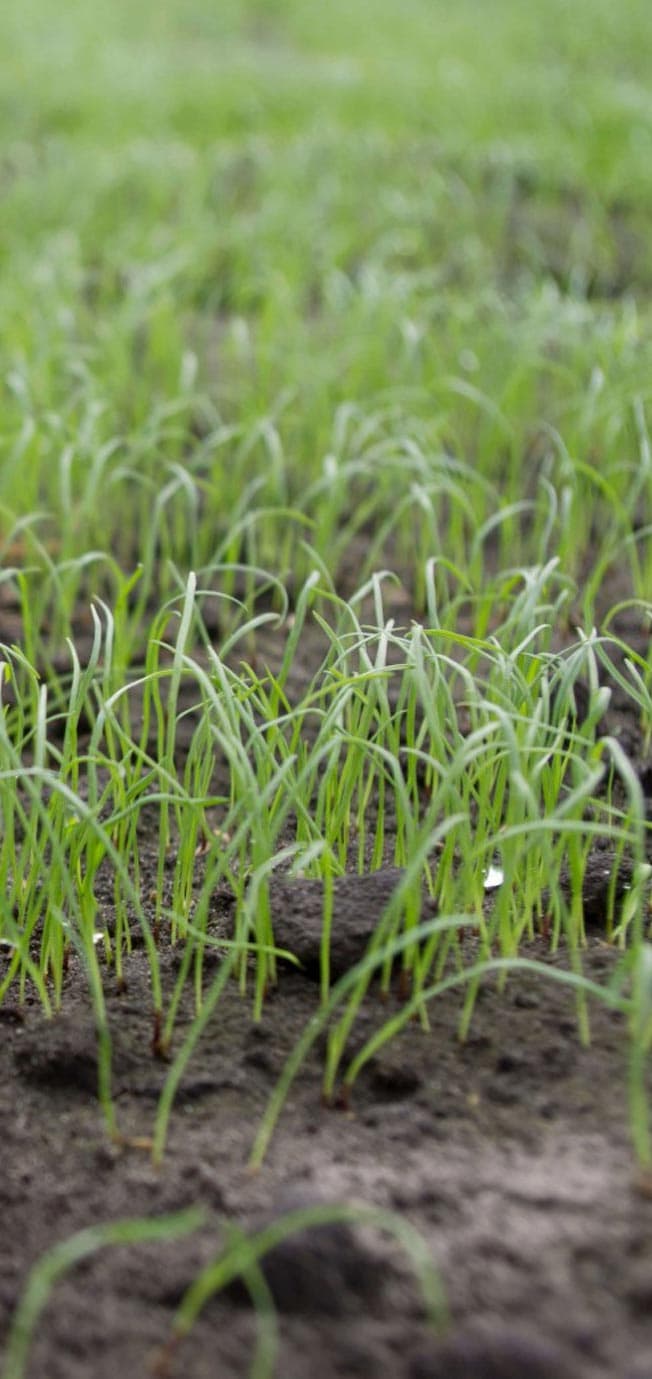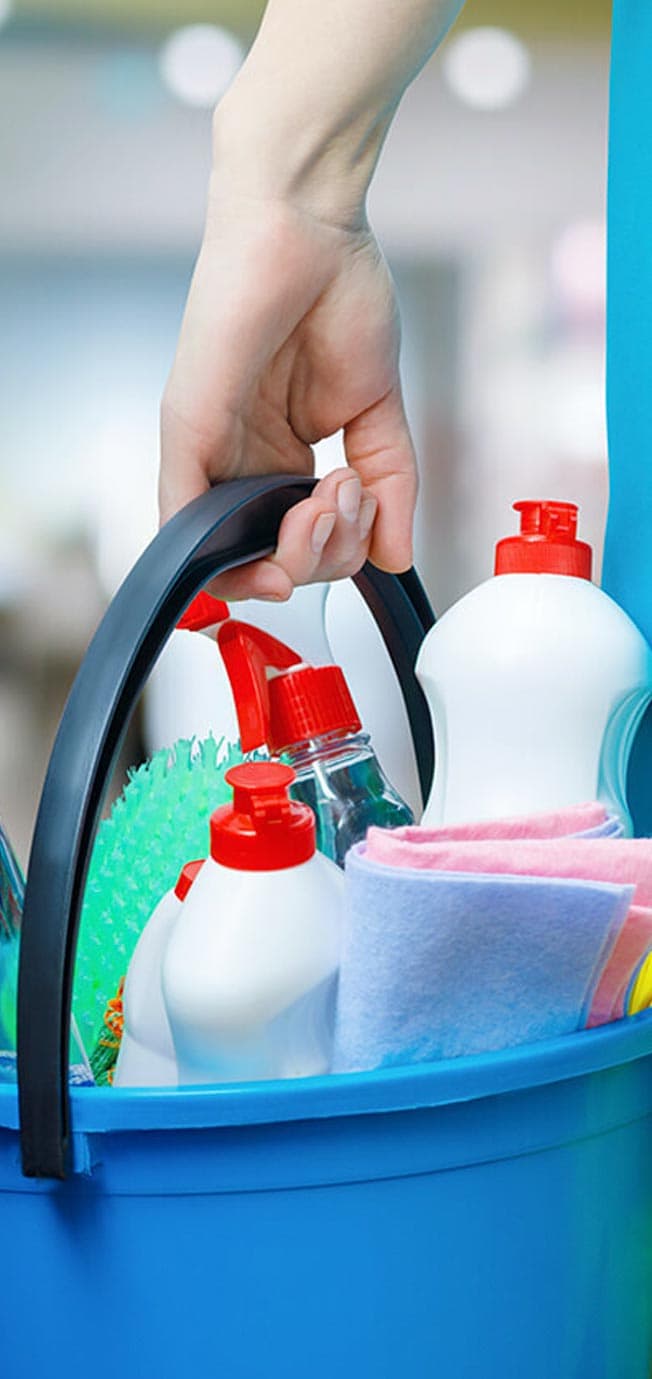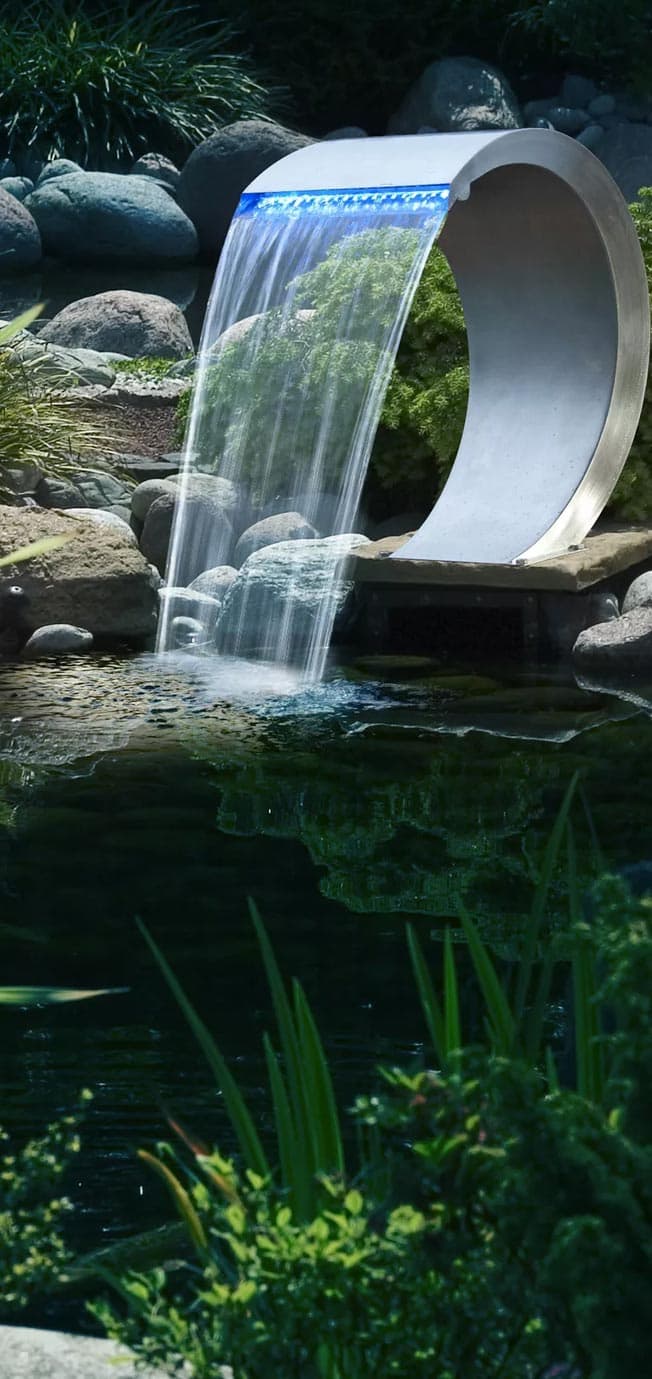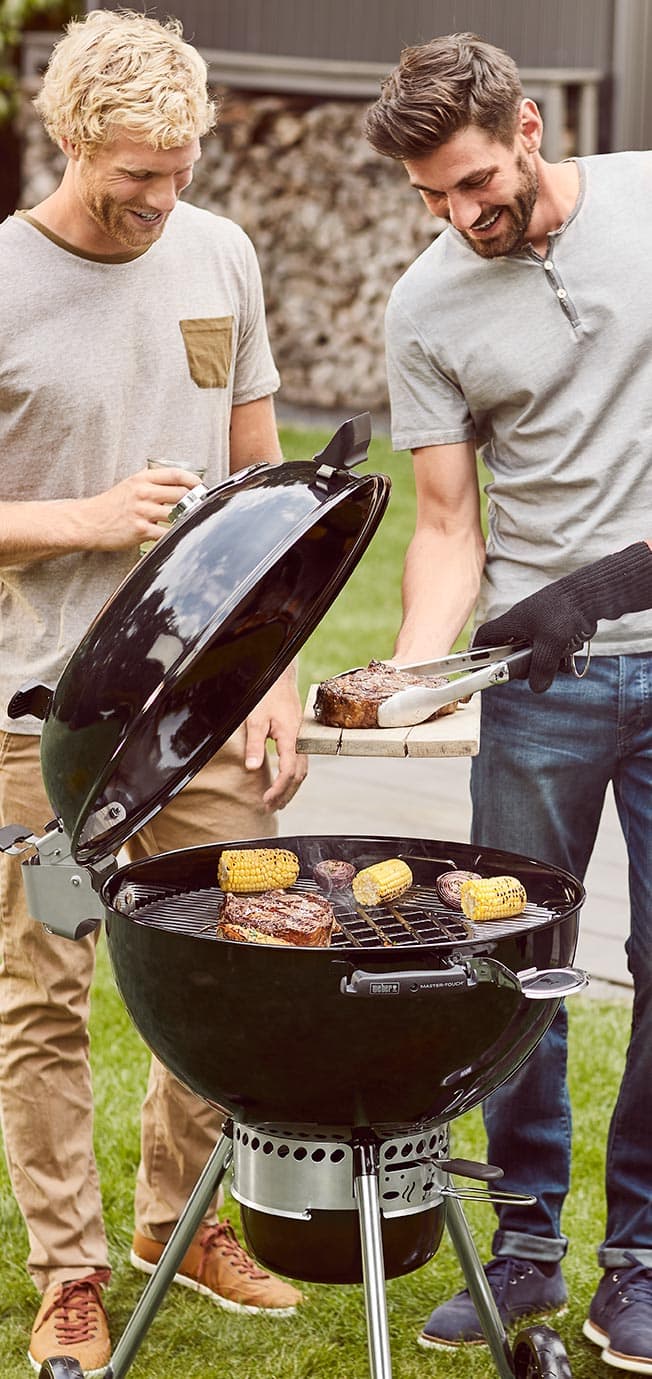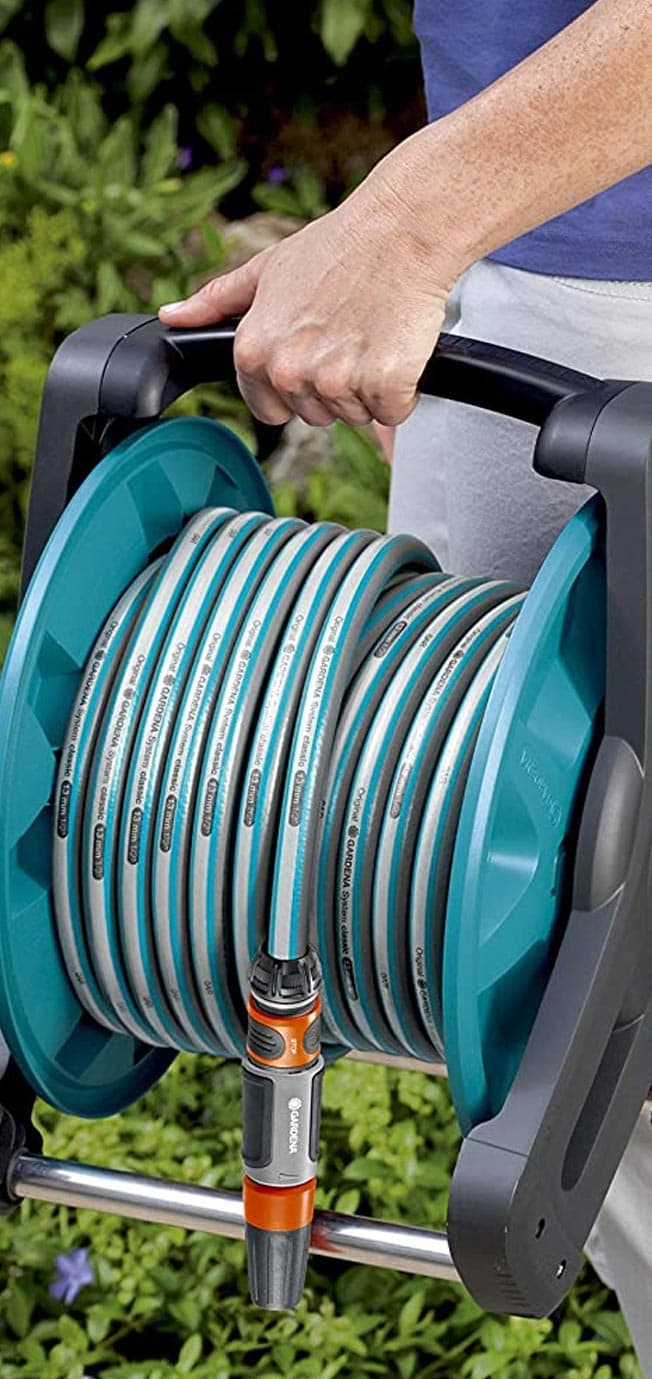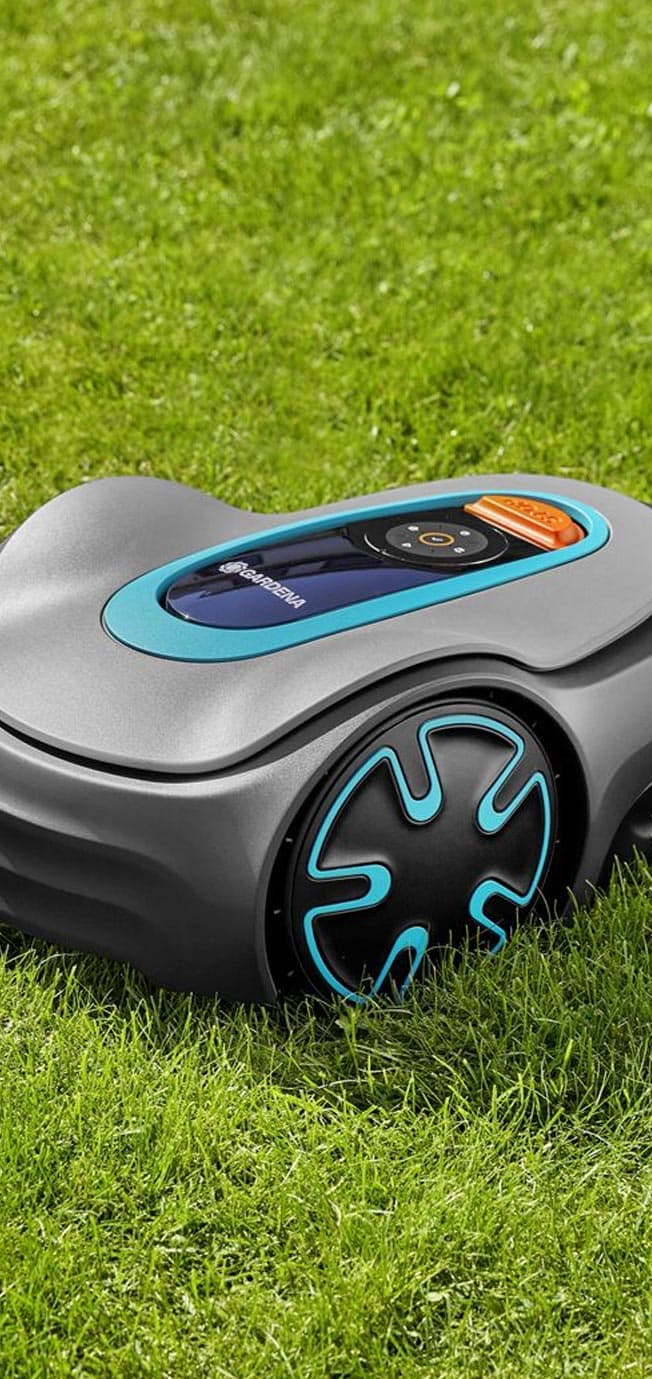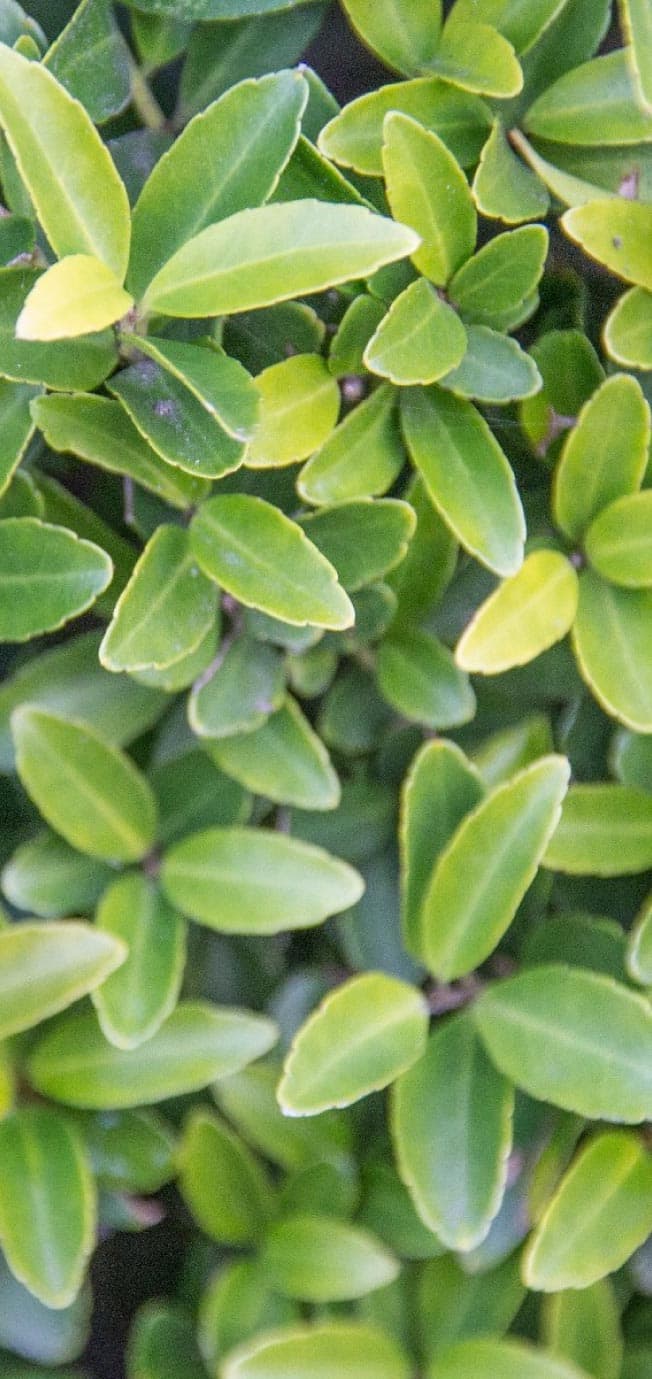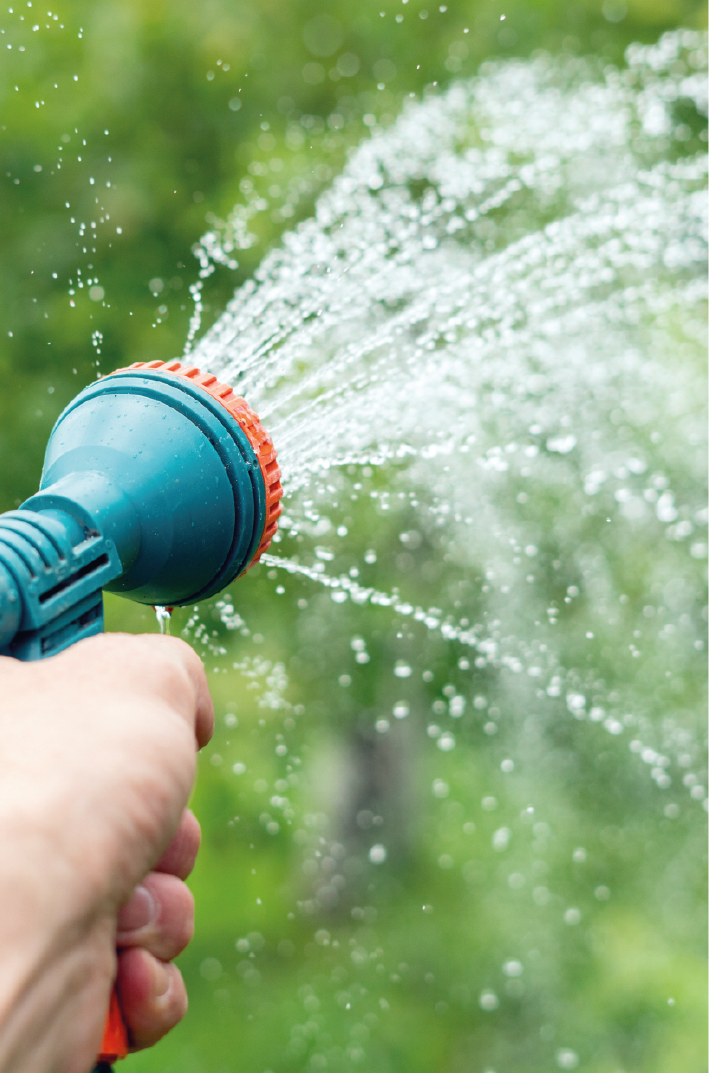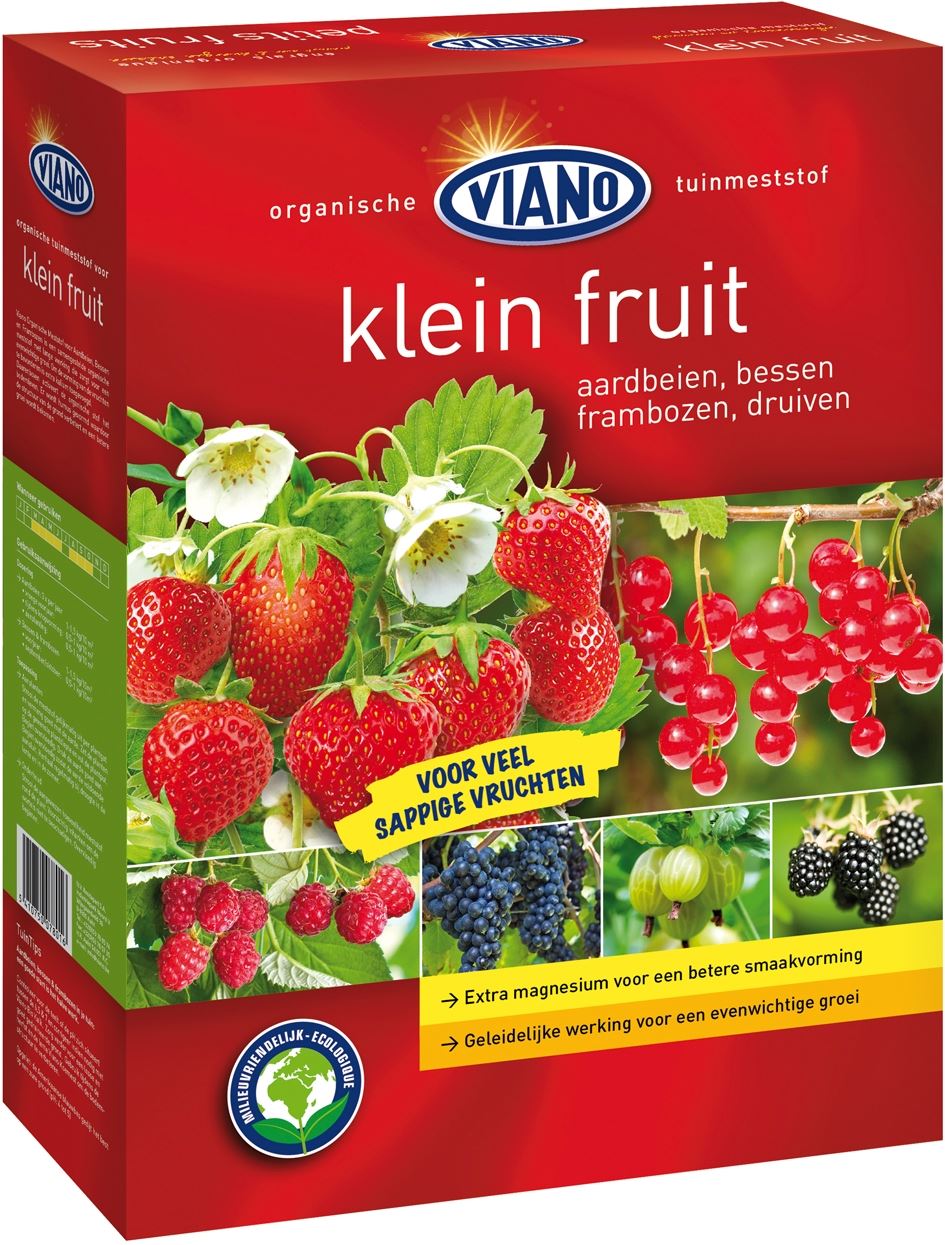
Grow the tastiest strawberries!
The red speckled and sweet fruits - better known as summer wrens - are a favourite with young and old alike. They taste even better when you can pick them from your own garden. Growing strawberries is not that difficult, so you can give even the smallest gardeners a hand, and not just to pick the fruit and eat it!
Before you go to the garden centre to buy the plants, it is important to decide what kind of strawberries you want to plant and where you want to give them a home.
Summer-flowering or perennial?
We can distinguish two large groups: the
summer-flowering plants and the perennial plants.
Summer flowering plants
give a large harvest in one go. It is best to plant them in August in order to be able to enjoy the delicious fruit the following year in June-July. Because they have to produce a lot of fruit in a short period, you have to keep a close eye on them. They require a lot of water and food. Popular summer flowering plants are Elsanta, Darselect and Vima Xima.
From the perennials you can pick small portions of strawberries all summer long. For example the Ostara and Mara des Bois. They need the necessary care. You should regularly remove shoots and leaves. A longer yield but also more labour-intensive!
Where do things often go wrong?
The most common mistake is not taking proper care of the strawberry plants. Our tips:
- Planting time: Unfortunately, many hobby gardeners plant their strawberries at the wrong time. Plants need time to develop a strong root system before they start bearing fruit. So, buy and plant your strawberry plants in August (open ground) or in early spring (March) when growing in pots.
- Avoid fungal diseases by not planting the plants too close together. The plants you buy are still small but grow quickly. A planting distance of 30 to 40 cm is ideal. To save space, you can plant them in a triangular pattern. Never plant them in the shade!
- The strawberry plants in professional nurseries are continuously watered through an automatically controlled drip system. Food supplements are added to this water. It is therefore important to water regularly with suitable liquid nutrients, especially if you are growing in pots, because then you only have a limited water buffer.
- Watch out for snails and ants on the strawberry bed. They also like strawberries ;).
Pot or open ground?
Strawberries do not have to be in the vegetable garden. They also do well in a pot or hanging basket. That way, you can enjoy delicious and fresh fruit even without a (vegetable) garden.
Pot:
Plant the strawberries in a large pot of at least 10L. In contrast to outdoor strawberries, it is best to plant these in the spring (early March is ideal).
In cold weather, you can take the pots inside for a while so that the plants can warm up and get enough light. Before you start working with the plants, you should make drainage holes in the pot. This way the water can drain away easily and (fungal) diseases will not have free rein. Start with a layer of hydro grains, and fill the pot two-thirds full with high-quality potting compost. Let the strawberry plants enjoy another half hour in a bath of water before placing them in their new home. Make sure that the plants face outwards in the pot. Afterwards, you can add more potting soil. Do not fill the hole to the top, but leave a good centimetre. This way, the water and potting soil will not overflow while watering. The strawberries like a bit of water, so be sure to quench their thirst regularly. Also give them an extra growth boost by regularly applying a fruit and vegetable fertiliser. In pots, a liquid fertiliser works best.
In professional nurseries, liquid fertiliser is incorporated in every watering. So the only way to get big and abundant fruits in a pot is to fertilise regularly and with sufficient nutrients!
Open ground:
Strawberries like a humus-rich and fertile soil. They like it nice and warm, so choose a sunny and sheltered spot. It is best to plant the strawberries from the end of July to mid-August.
Make sure the soil is well aerated by digging 20 cm deep and adding compost. Be careful not to add fresh farmyard manure as this will attract snails that might also like a bite. Dig a hole in the ground every 40 cm and leave 50-70 cm space between rows so that the plants do not have to compete with each other for sunlight and food. You can also put the clods in a bowl of water for half an hour just before planting. This way you are sure that they have enough moisture when they go into the ground.
Straw ensures that the fruit does not lie directly on the ground and rot. In addition, straw is a good source of humus and prevents mould. We are not the only ones who love the red and sweet fruits, birds also love to eat the summer wren. There are a few tricks you can use to keep them away from your harvest, such as hanging CDs around the strawberry plants. The round discs reflect the light, and will chase the birds away. But a simple bird net is still the best and most efficient method.
After planting, water them sufficiently so that they do not dry out. You should certainly not let them swim. During warm and sunny periods, it is better to water them a little every day rather than a large amount at once. Water the crown and certainly not the fruit, otherwise they will rot. Strawberries are greedy so give them some special and potassium-rich fertiliser.
Regularly remove the offshoots regularly. So that the plant puts its energy into forming tasty fruits and not into the offshoots. With the perennial varieties, remove the first flowers. After all, the plant will bear energy-sucking fruit for months. This way you can stretch the harvest until November, and the root system will become stronger. Do not plant the strawberries in the same soil until every 5 years, because they are susceptible to the wilting disease.

Did you know?
Strawberries are a bomb of vitamin C? They even knock the orange off its throne. Strawberries also contain vitamin B11, better known as folic acid. These vitamins are very important during pregnancy.
Strawberries are the only fruit belonging to the perennial family? It is related to the rose.
Our recommendations
🍓 Elsanta
A popular variety among professional (vegetable) gardeners. The
Elsanta bears firm and juicy fruits with a good flavour. These strawberries keep well, so you can enjoy them for a long time! She provides a large harvest of strong fruits. This variety is very susceptible to wilt, so watch out for this! Mildew can also affect it. But you don't have to worry about fruit rot.
➕ firm and juicy fruits
➕ long shelf life
➕ large harvest
➖ susceptible to wilt and mildew
🍓 Darselect
The fruits of the
Darselect have a sweet taste and are similar in shape to Elsanta. However, they are slightly more elongated. The Darselect has less fruits than Elsanta but you can harvest earlier. This variety also does well in high temperatures. Ideal for these hot days. The fruits will be a little darker in colour. It is a strong variety that is not often affected by soil diseases. However, you should watch out for the wilting disease.
➕ sweet fruits
➕ early harvest
➕ good resistance to warm temperatures
➖ less fruits than Elsanta
➖ watch out for wilting disease
🍓 Ostara
This is an everbearing variety with medium-sized fruits. They are juicy and have a delicious taste. The fruits of the
Ostara are often cone-shaped and have a bright red colour. By regularly picking the flowers, you can harvest until November.
➕ juicy and tasty fruits
➕ long harvest period
➖ more labour intensive
🍓 Vima Xima
This variety of strawberry bears large and dark red fruits. They have a delicious flavour but they do not keep long. So you better eat them quickly, although this is usually not a problem 😉 . The fruits ripen 14 days later than those of Elsanta. The
Vima Xima is not sensitive for mildew.
➕ large and tasty fruits
➕ not sensitive to mildew
➖ not long lasting
➖ late harvest
Tips for preserving strawberries
- Pick strawberries with the crown still attached
- Have you collected a basket of fruit? Do not immerse them directly in the water, but wash the strawberries before you eat them.
- Give the strawberries a bath of vinegar: use 1 cup of vinegar to 3 cups of water. Immerse the strawberries briefly and then swish them dry. You can keep them in a container on kitchen paper in the fridge.
Whether you will need these tips, we doubt. The tasty summer wrenches often go straight from the bush into the stomach. And you are right!
More tips for growing delicious berries yourself?👇
More info? Receive all our gardening tips directly in your mailbox!
We'll only email you handy facts, green advice and our best promotions & discounts. You'll receive it about once a week and you can unsubscribe at any time. No spam, promise 🤞

